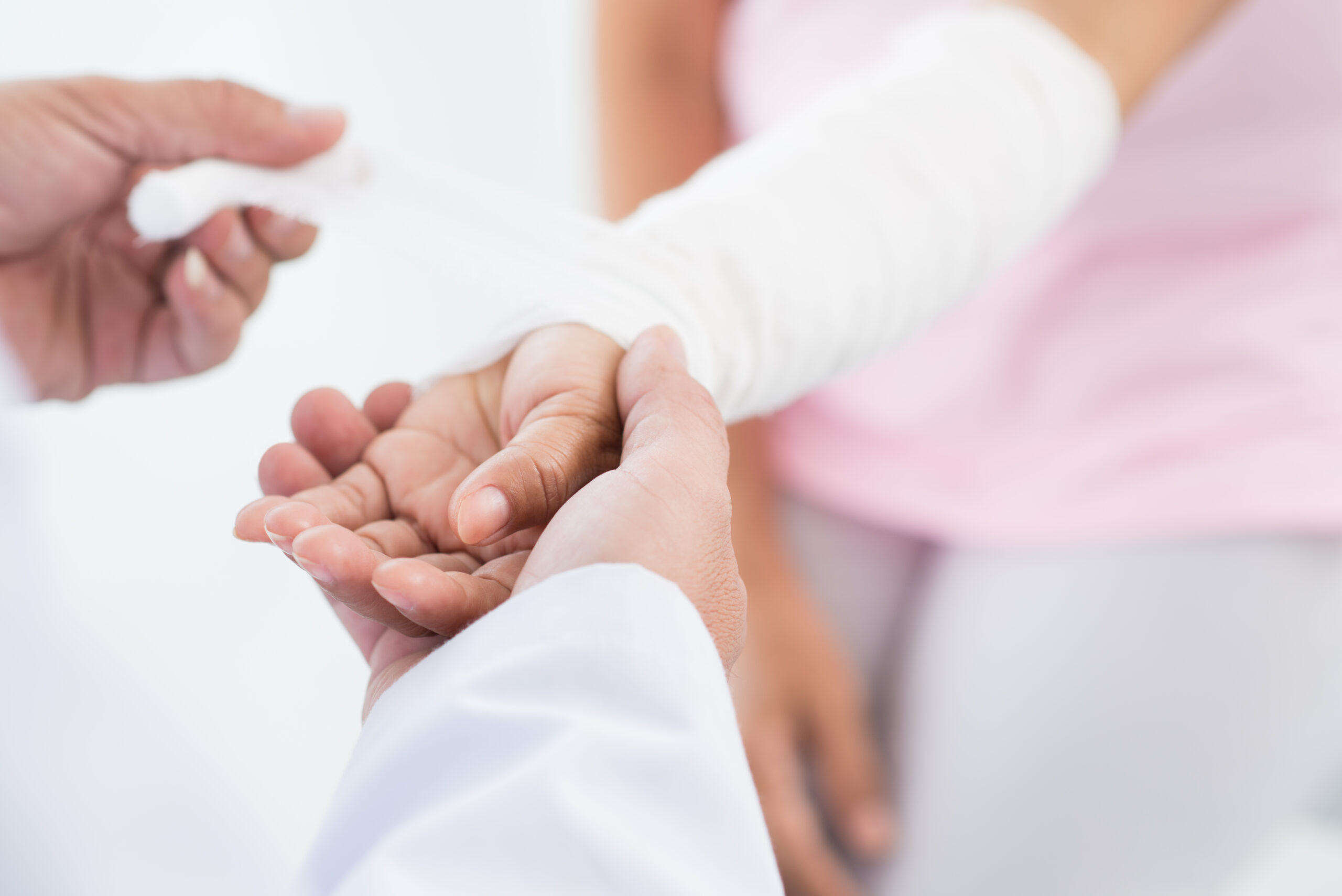
What is a scar?
A scar is a mark created as a result of a biological process of healing a wound in the skin.
A skin scar
Skin scars are caused when the deep, thick layer of the skin, the dermis, is damaged. Most of the skin scars are superficial and the mark that remains is slight. The redness that remains after healing a superficial wound is not considered a scar, and it usually disappears after a few weeks. In order to repair the damage caused, the body produces new collagen fibers. This process leads to the creation of a scar, since the body cannot restore the tissue as it was, the new tissue will have a different texture and quality from the surrounding tissue.
Abnormal scars
There are two types of scars that are created as a result of the body producing excess collagen: a hypertrophic scar – a raised red lump in the skin, which does not grow beyond the original wound. Keloid scar – a condition in which the body produces collagen so that a large (but benign) tumor mass is obtained. Alternatively, a scar can be in the form of a sunken dimple in the skin.
Scar formation
The scar can be formed as a result of various surgeries such as: open heart surgery, caesarean section, intestinal surgeries, thyroid gland surgeries, cana tube surgery, etc., injuries and heat or cold burns. Sometimes a scar is formed that is not normal. This scar may limit range of motion, cause pain or itching, and be stiff or prominent. Such scars can and should be treated.
The treatment of the scar
The appearance of the area can be improved with the help of several types of treatments. At the Occupational Therapy Institute, in Laniado Hospital, they specialize in the treatment of scars. An occupational clinic will check whether it is possible to treat the scar and will personally adjust the treatment according to the type of scar, its size and its location on the body. The age of the patient and other factors are also taken into account. The treatment includes the fitting of silicone sheets, pressure dressings, the use of silicone paste and monitoring the healing progress.

